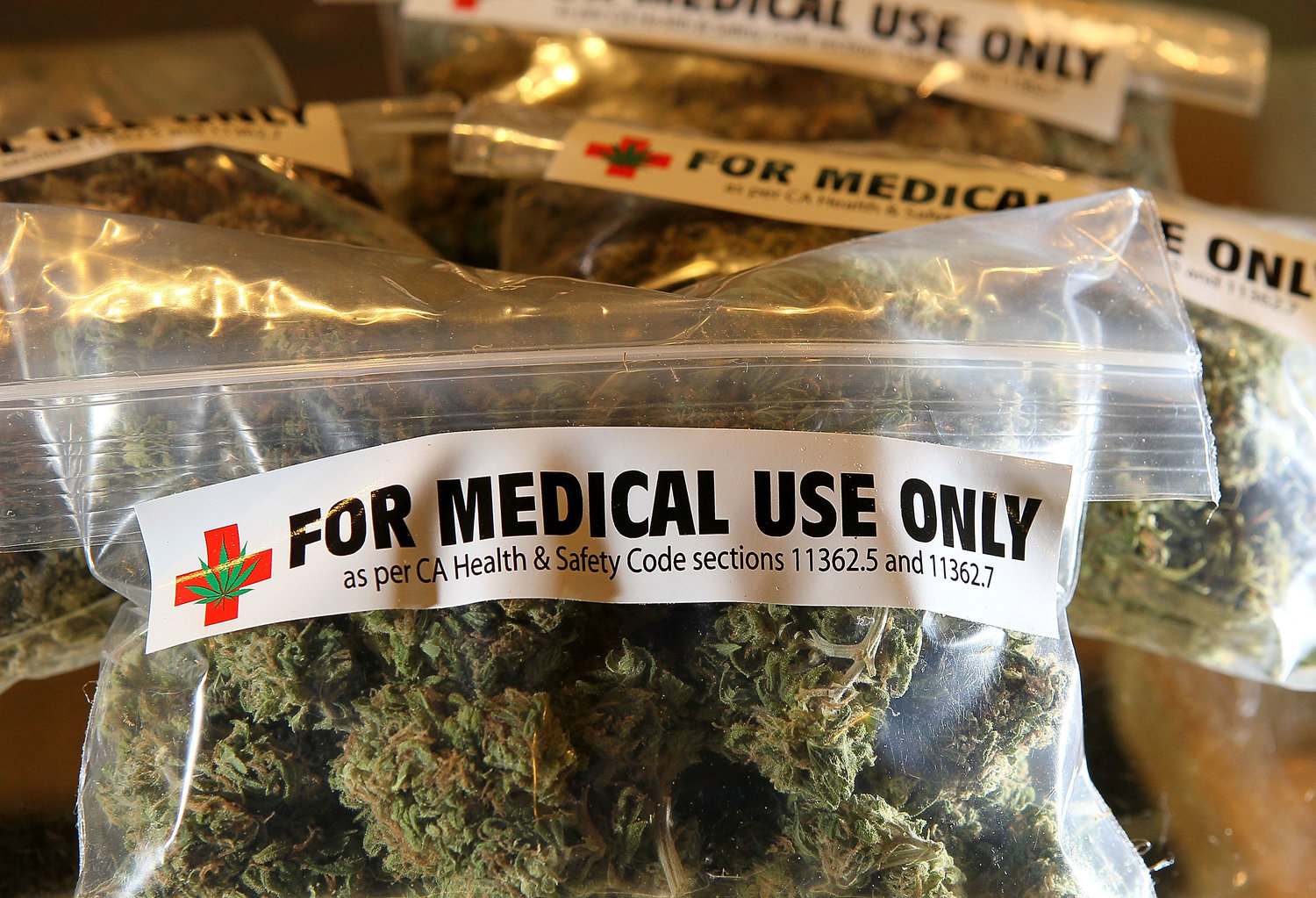AAP supports the compassionate use of cannabinoids for children
Main Article Content
Abstract
On January 26th 2015, the American Academy of Pediatrics (A.A.P.) released its first official position on Marijuana usage since 2004, which will appear in print in March of this year. [1,2] The A.A.P. currently opposes the use of marijuana by children under the age of 21 yet “strongly supports the decriminalization of marijuana use.” [2] More importantly “the A.A.P. recognizes that marijuana may currently be an option for cannabinoid administration for children with life-limiting or severely debilitating conditions and for whom current therapies are inadequate.” [2] This is a stark departure from the 2004 A.A.P.’s firm opposition to the legalization of marijuana.
The reason for this change in attitude can be attributed to the growing scientific literature on the benefits of marijuana–more specifically the active chemicals in marijuana, cannabinoids–for numerous diseases. [2] Research has indicated cannabinoids can be used to treat the muscle tightness associated with multiple sclerosis (M.S.), epilepsy, glaucoma, tics, tremors, and migraine. [3]
However because the United States Drug Enforcement Administration (D.E.A.) has classified marijuana as a Schedule I drug, research with cannabinoids is extremely difficult. Class I drugs are those “with no currently accepted medical use and a high potential for abuse” and include drugs like heroin, L.S.D. (acid), and M.D.M.A. (ecstasy). [4] However the growing literature about marijuana’s medicinal properties is proving this categorization to be erroneously applied to marijuana. For this reason, the A.A.P. is now advocating a re-categorization of marijuana to a Schedule II drug that would allow for more research to be done as to its safety and efficacy.
A major ethical issue arises in the consideration of giving children cannabinoids; is it morally acceptable to give a Schedule I drug to children even if it may treat a life-limiting disease? One element of this discussion should be to clarify what exact chemical would be given to children. The two most abundant chemicals present in marijuana are Δ(9)-tetrahydrocannabinol (T.H.C.), a psychoactive cannabinoid, and cannabidiol (C.B.D.), which is not psychoactive, but does seem to have neuroprotective properties. [3] The drug to be provided in compassionate usage cases for pediatric patients would be C.B.D. This is a subtle but important distinction that has the potential to be ignored in discussions of the ethics of providing children with medical cannabinoids.
Psychoactivity aside, the medical usage of cannabinoids may cause significant mortality and morbidity. Marijuana has been linked to atrial fibrillation, which in turn is associated with a 1.5-1.9 fold increase in risk of death as compared to individuals without atrial fibrillation. [3,5] And although it can be useful in treating debilitating seizure disorders such as Dravet syndrome or Lennox-Gastaut Syndrome (L.G.S.), marijuana usage has been linked to late onset epilepsy. [6] These issues require more research to determine C.B.D.’s safety as well as efficacy.
The moral acceptability of treating children with cannabinoids rests in a balance of whether the good to be gained through a reduction in symptoms outweighs the potential harm in giving children a Schedule I drug. In pediatric epilepsy patients who cannot learn to walk, or talk due to the frequency and intensity of their seizures, and who are not responsive to currently available prescription medicines, marijuana may provide their best chance at limiting their seizures to the point of regaining some function. If for example a typical child suffering from L.G.S. has multiple seizures of different kinds in a day, [7] and they are best treated through the use of cannabinoids, the potential harms of increased cardiovascular events, or potential abuse would not outweigh the benefit of reduced seizures and increased function.
Ultimately the strongest argument for or against the use of C.B.D. to treat patients of all ages will come from scientific evidence, which will be more easily gained if marijuana can be re-categorized. Because statistically powerful scientific evidence will be hard to come by if C.B.D. remains a Schedule I drug, pediatricians who decide to prescribe compassionate use cannabinoids have an ethical duty–rooted in their commitment to evidence-based medicine, and a fiduciary duty to their patients–to publish the results of the compassionate use of C.B.D. as a case study in order to continue the evidence for or against C.B.D.
References:
American Academy of Pediatrics Committee on Substance Abuse and Committee
on Adolescence, “Legalization of Marijuana: Potential Impact on Youth,”
Pediatrics, 113, No. 6 (June 2004): 1825-1826.
American Academy of Pediatrics Committee on Substance Abuse and Committee
on Adolescence, “Legalization of Marijuana: Potential Impact on Youth
Update,” Pediatrics, 135, No. 3 (March 2015). Originally published online January 26, 2015; doi: 10.1542/peds.2014-4146.
Selim R Benbadis, Juan Sanchez-Ramos, Ali Bozorg, Melissa Giarratano, Kavita
Kalidas, Lara Katzin, Derrick Robertson, Tuan Vu, Amanda Smith,
Theresa Zesiewicz, “Medical marijuana in neurology,” Expert Review of
Neurotherapeutics, 14, No. 12 (December 2014): 1453-1465.
“Drug Scheduling,” United States Drug Enforcement Administration, accessed
January 31, 2015, http://www.dea.gov/druginfo/ds.shtml.
“Atrial Fibrillation,” Medscape, last updated November 24, 2014,
http://emedicine.medscape.com/article/151066-overview.
Yannick Fogoum Fogang, Massaman Camara, Paul Chimi Mbonda, , Dènahin Toffa,
Kamadore Touré, “Late onset epilepsy associated with marijuana abuse: a
case report with MRI findings,” The Pan African Medical Journal 17, (March 2014): 158, doi: 10.11604/pamj.2014.17.158.2402.
Patricia K. Crumrine, “Lennox-Gastaut Syndrome,” Journal of Child Neurology, 17,
Supp. 1 (January 2002): S70-S75.

